Lists













13 Books
Just Another Haunted House
Sort by:
Recent Desc
More lists by Caspar S
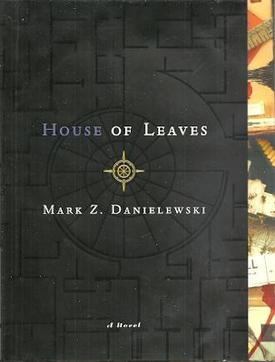


Multimedia, Postmodern, Metafiction, and Genre bending Horror.
Perception is a labyrinth and you are merely the mouse unknowingly trapped within its walls
November 2021
1
@violentwitchery

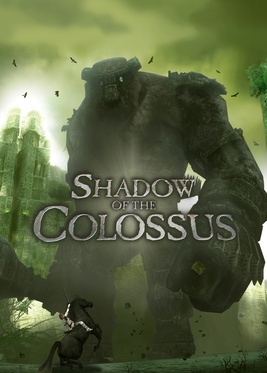

Games with near perfect Storytelling
in this list I'm trying to veer clear from your typical open world rpgs (ie: Elder Scrolls, Fallout, Bioware games, etc.)
October 2021
3
@violentwitchery



Save for Later
List includes: Never Let Me Go, The Longest Journey, Dreamfall: The Longest Journey
October 2021
0
@violentwitchery



Baby's First Horror Starter Kit
List includes: The Thing, They Live, Poltergeist
October 2021
0
@violentwitchery
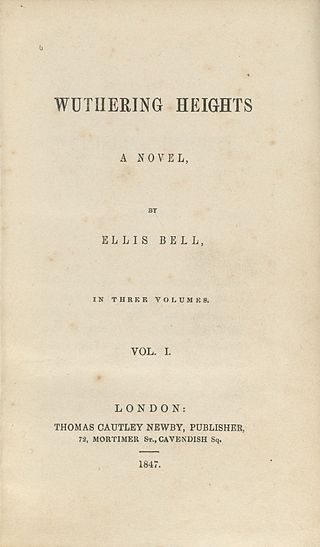


Caspar's Favorite Books (Literary)
List includes: Wuthering Heights, A Scanner Darkly, Beloved
October 2021
0
@violentwitchery


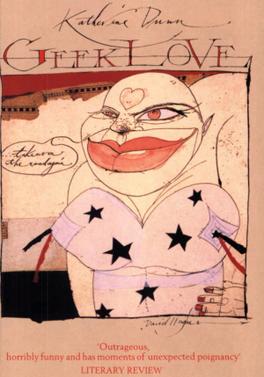
Weird Fiction
List includes: Cloud Atlas, John Dies at the End, Geek Love
October 2021
0
@violentwitchery

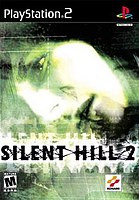

Interactive Horror
List includes: Silent Hill, Silent Hill 2, Silent Hill 4: The Room
October 2021
0
@violentwitchery



Open World Rpgs that scratch that itch
List includes: Mass Effect, Dragon Age: Origins, Dragon Age II
October 2021
2
@violentwitchery